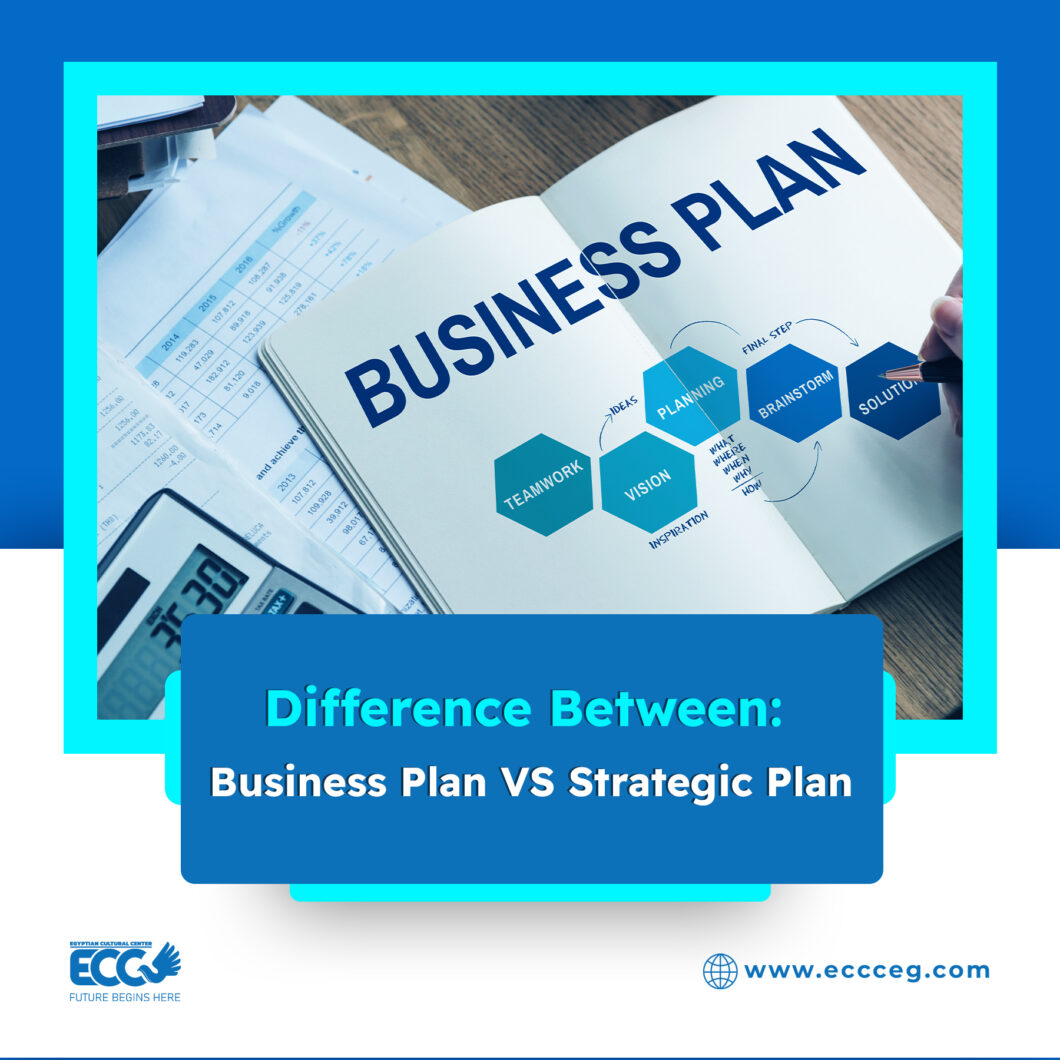Sometimes the difference between a business plan and a strategic plan is confusing. They are not the same, they are tools that from their conception are radically different. However, confusion between the two is more common than many imagine.
Every company needs a strategic plan. Every company needs a business plan. What makes the difference between these two fundamental documents is knowing exactly what each plan entails and when it can be most useful.
Let’s start by defining the purpose of each type of plan. This can help both beginning entrepreneurs and seasoned CEOs avoid the mistake of looking for the wrong type of plan at the wrong time in their companies’ growth cycle.
What is the business plan?
The business plan is a tool to create a launch path for a new venture. Its nature is much more ephemeral, normally its range is less than two years.
Therefore, the considerations when creating a business plan are much more pragmatic. In that sense, they rarely focus on very complex speculations or strategic routes. The business plan seeks to solve a problem in the market and creates an outline of how you want to address the problem.
These types of documents should be very concise and to the point. It should include the opportunity to be exploited, an idea of the execution, the team involved, and of course the financial plan.
Read More: Best DBA programs in Europe 2024
7 Elements of the business plan

Among the 7 essential elements of a business plan are the following:
- Executive Summary
- Company’s description
- Products and services
- Market analysis
- Strategy and Implementation
- Organization and management team
- Financial plan and projections
The idea of creating a business plan seems overwhelming, but writing the document is an important step in helping your business start, grow, and prosper. In my experience, people want to go directly to obtaining a positive or negative response to the idea.
In other words, do you like it or not? Business plans provide a clear vision and strategy. They are a critical part of companies seeking financing. A business plan is used to provide a structure of ideas to initially define the business.
Contact with IBAS: +201000498154
A business plan is best started in the opposite direction. First, understand the financial plan and projections and build in reverse. For some this is not ideal; however, if you understand the market opportunity, it is easier to understand what products and services you are going to exploit the opportunity with.
From the above, it can be concluded that the business plan also correlates to the size and age of the company. The youngest ones or those in the stage of obtaining funds will almost necessarily need a business plan.
In general, a business plan is necessary when a company is in its initial growth phase. This plan describes how the company will operate, its goals for growth and financial success, and how it intends to achieve them. Essentially, it articulates the why of a business.
Read More: What is the meaning of DBA degree?
What is the strategic plan?
On the other hand, the strategic plan is a document that has a greater scope over the years. Therefore, their scope is up to 5 years. Of course, in today’s market, we talk about annual strategic plans.
This is due to a constant thirst for change as the guiding axis of a survival strategy. Companies today have become true chameleons to get through another year. However, it is ideal to think about a strategic plan that is at least 2 years old.
One of the most important advantages of a strategic plan is to provide focus to the company’s management. Additionally, it provides an approach to the direction and action of the organization. It solves the question: where do we want to go?
The strategic plan must include:
7 Elements of the Strategic Plan

Among the 7 essential elements of the Strategic plan are the following:
- Mission
- Vision
- Values
- Objectives
- Goals
- Meters
- Risk Analysis
- The mission defines the reason a business exists: what the organization does, what solutions it offers, and who its target audience is.
- The vision is the future image of a business and defines its sense of direction and where it mobilizes its energy and operations.
- Values are the set of principles and beliefs that will guide your organization: under what parameters your organization is governed and how it transmits them through its products and services to its ideal client.
- The objectives are the goals that are sought to be achieved in the period that the strategic plan is drawn up.
- The goals are concrete, and specific and respond to each objective. For there to be a greater probability of achieving goals, they must be SMART: Specific, Measurable, Attainable, Relevant, and Time-Limited.
- The meters of your strategic plan (e.g., KPIs) define what will be measured and what the standard of success will be.
- The risk analysis defines the internal and external limitations that can affect the implementation of the strategic plan: time, budget, and resources (human, technological, financial, etc.). There are other risks to consider such as the health of the organizational culture, administrative leadership, and a company’s internal and external communication.
Read More: Best MBA for Mechanical Engineers
Components of the Strategic Plan
- The management of resources and the priority that will be given to each business area is the domain of the strategic plan.
- The aim is to determine the best route to launch better sales and a higher return on investment.
- For marketing, the strategic plan is crucial as it helps in creating a company’s competitive advantage.
- Its nature is forward-looking, and its construction is in many ways idealistic concerning the company’s capabilities.
- For staff, the strategic plan is a key document to receive a sense of direction, aligning the interests of collaborators.
Therefore, the strategic plan is the creator of clarity within the organization. Without a strategic plan, it is impossible to deliver a long-term growth path.
Contact with IBAS: +201000498154
According to the perspective of the Balanced Scorecard objectives system, “A strategic plan is a document that is used to communicate to the organization the objectives of the organization, the actions necessary to achieve those objectives and all other critical elements developed during the planning exercise.”
As we have pointed out before, a strategic plan “is a written document that indicates the path forward for your company.” The focus of a strategic plan may include (but is not limited to):
- Expand company operations
- Reach new market segments
- Solve organizational problems
- Possible restructuring of the company
By keeping the focus on the original purpose, goals, and objectives, strategic planning re-presents “the big picture” to you. It is the foundation for business owners to achieve their vision, which they communicate to stakeholders in a strategic business plan and program.
A strategic plan serves as a roadmap to determine what is likely to await your company in the next 3-5 years, while also including a series of actions or activities that can turn the strategy into an operational reality.
Contact with IBAS: +201000498154
Key factors of the strategic plan
To obtain a various strategic plan, it is important to analyze the internal and external environment.
The first step is to understand the current situation and separate facts, analysis, and conclusions.
For that reason, typical steps in strategic planning include an analysis of the current state, defining the future state, and developing objectives.
Also, the strategies to achieve the vision and the implementation. An important step is the parameters with which the strategic plan will be evaluated.
Finally,
the strategic plan and the business plan are fundamental parts of the company but at different times. It is important to understand when we should use each of the documents. Curiously, the difference between a business plan and a strategic plan will be the writing of the documents.
Read More: Online MBA in Egypt 2024
Conclusion:
Strategic planning is the systematic process of developing the direction of an organization. It includes determining the objectives and actions necessary to achieve that future vision, as well as the parameters to measure success.
A business plan, as described by the Center for Simplified Strategic Planning, Inc., aims to define “the initial goals and objectives of the company, its structure and processes, products and services, financial resources and all the basic aspects involved in the creation of a company” and its start-up.


